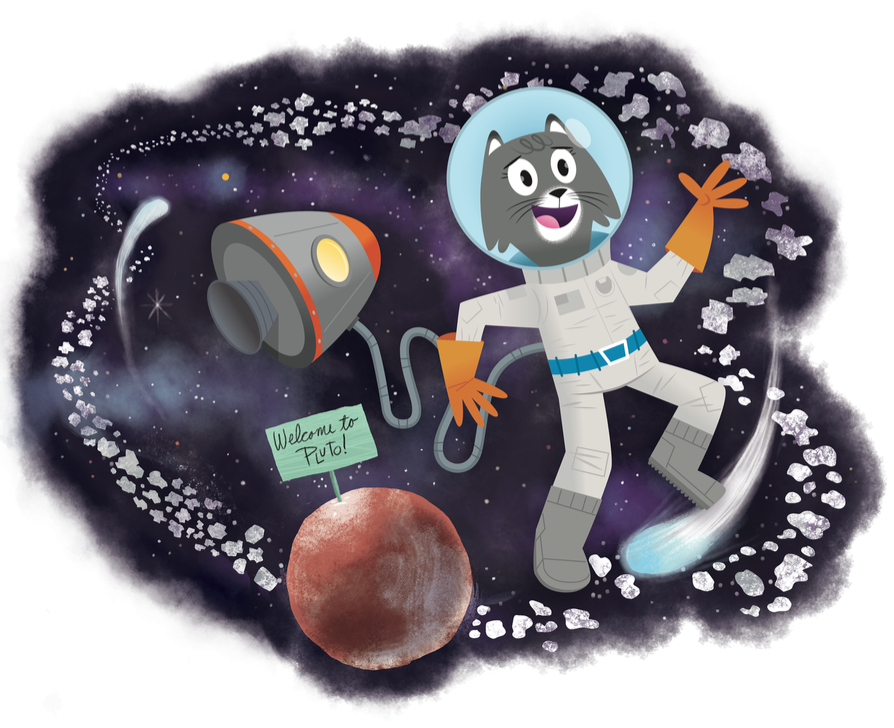Dear Tri-County Second Graders,
You heard right. It is very cold in space, but it wasn’t always that way.
That’s what I learned from my friend Guy Worthey, a professor of astronomy here at Washington State University.
He explained that when we talk about temperature, we are really talking about the jiggle motions of molecules, the tiny building blocks that make up everything around us. The more energetically the molecules jiggle, the higher the temperature.
 When the universe was younger it was a really hot place. But as the universe expanded, molecules started to get kind of lost out in space, Worthey said. Since there weren’t as many molecules jiggling around, temperatures started to drop.
When the universe was younger it was a really hot place. But as the universe expanded, molecules started to get kind of lost out in space, Worthey said. Since there weren’t as many molecules jiggling around, temperatures started to drop.
“After about 14 billion years of cooling off, the space between stars in the universe is very cold,” Worthey said.
To find out just how cold, I visited my friend Matthew McCluskey. He’s a professor of physics at WSU who studies all kinds of matter.
“Often, we think of ‘space’ as being far from any stars. So yes, it’s going to be pretty frigid,” he said.
Room temperature is about 25 degrees Celsius. That’s about 298 degrees above what scientists call “absolute zero.”
When matter reaches a temperature of “absolute zero,” it means that molecules have stopped jiggling altogether. Outer space is only about 3 degrees Celsius warmer than absolute zero. So, space is about 295 degrees colder than room temperature. Just thinking about it sends a shiver down my spine and all the way to my tail.
Understanding temperature is important when scientists and engineers are designing equipment to explore in the extreme conditions of space.
Spacesuits are designed to protect humans from the cold, but some astronauts have reported that they can sometimes still feel the chill of space. Some suits even have electric heaters in the fingertips.
Satellites like our nearby planets and the International Space Station are often talked about as being “in space,” too. These objects aren’t always cold, though. There’s no air in space, so there isn’t anything to block the Sun’s rays from reaching them. When they are in the Sun, they’ll heat up. The Sun’s core is one of the hottest places we know about in the universe.
The coldest place we know about right now is the Boomerang Nebula, a cloud of gas more than 5,000 light-years away.
Scientists here at Washington State University studying matter and temperature once temporarily created the coldest place in the universe. It was a state of matter just slightly above absolute zero–100 billionths of a degree above zero, to be exact.
Other scientists are planning to build a laboratory on the International Space Station that will be about as cold as that next year. It will teach us a lot about what happens to different molecules when they reach very low temperatures. Then it will be the coldest place in the universe.
Sincerely,
Dr. Universe
Never miss a Q&A from Dr. Universe and friends. Subscribe to our newsletter: